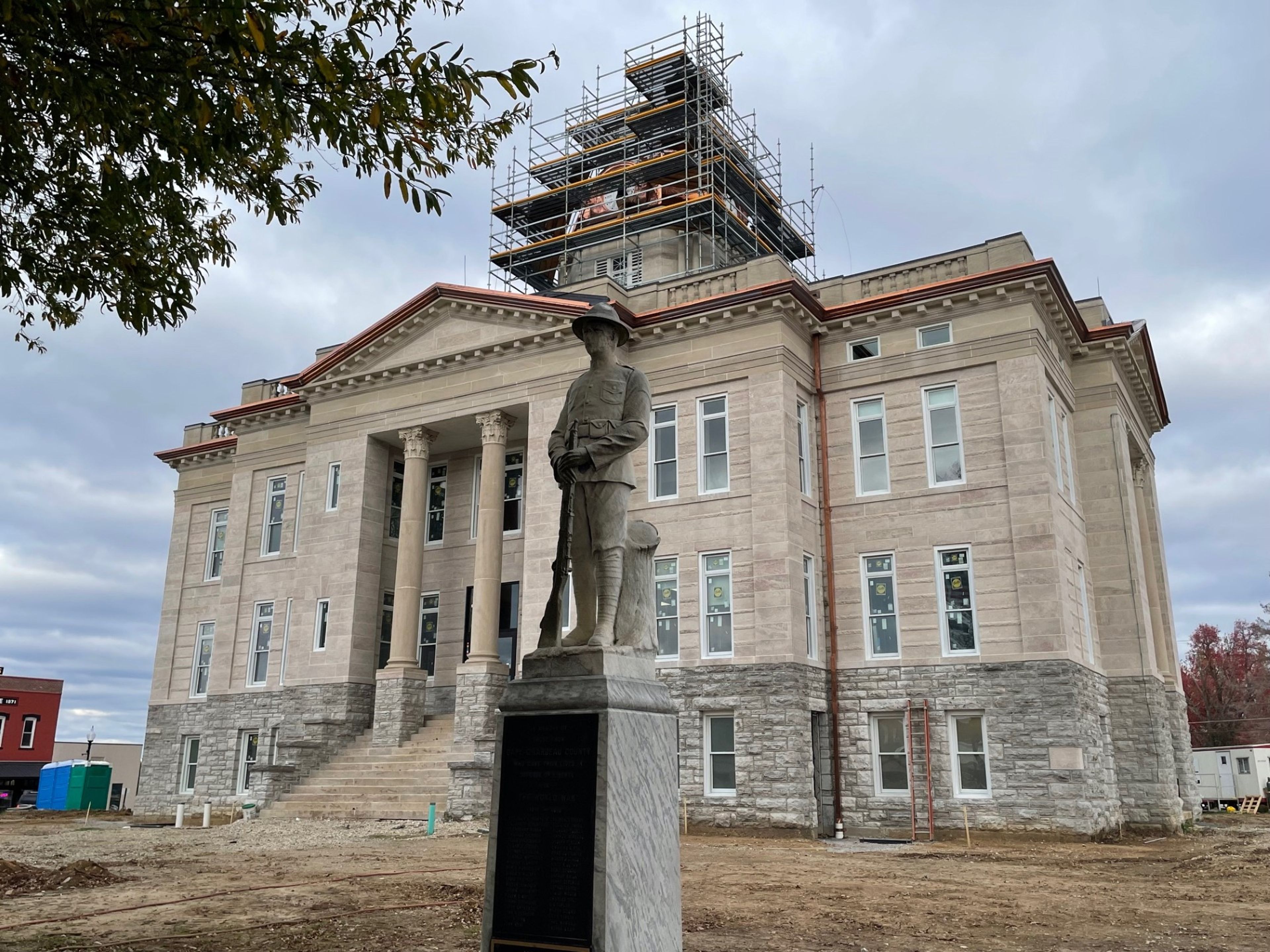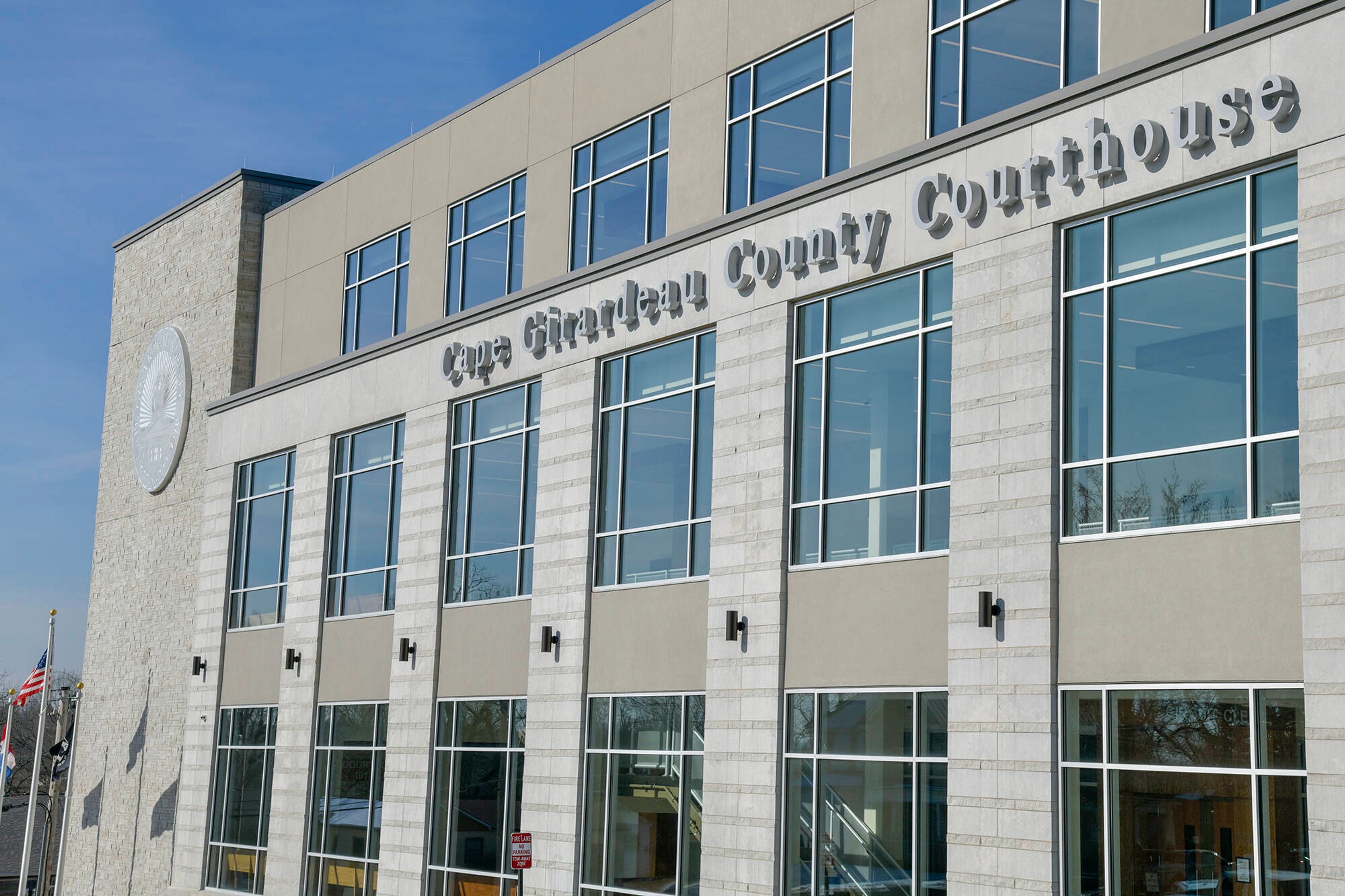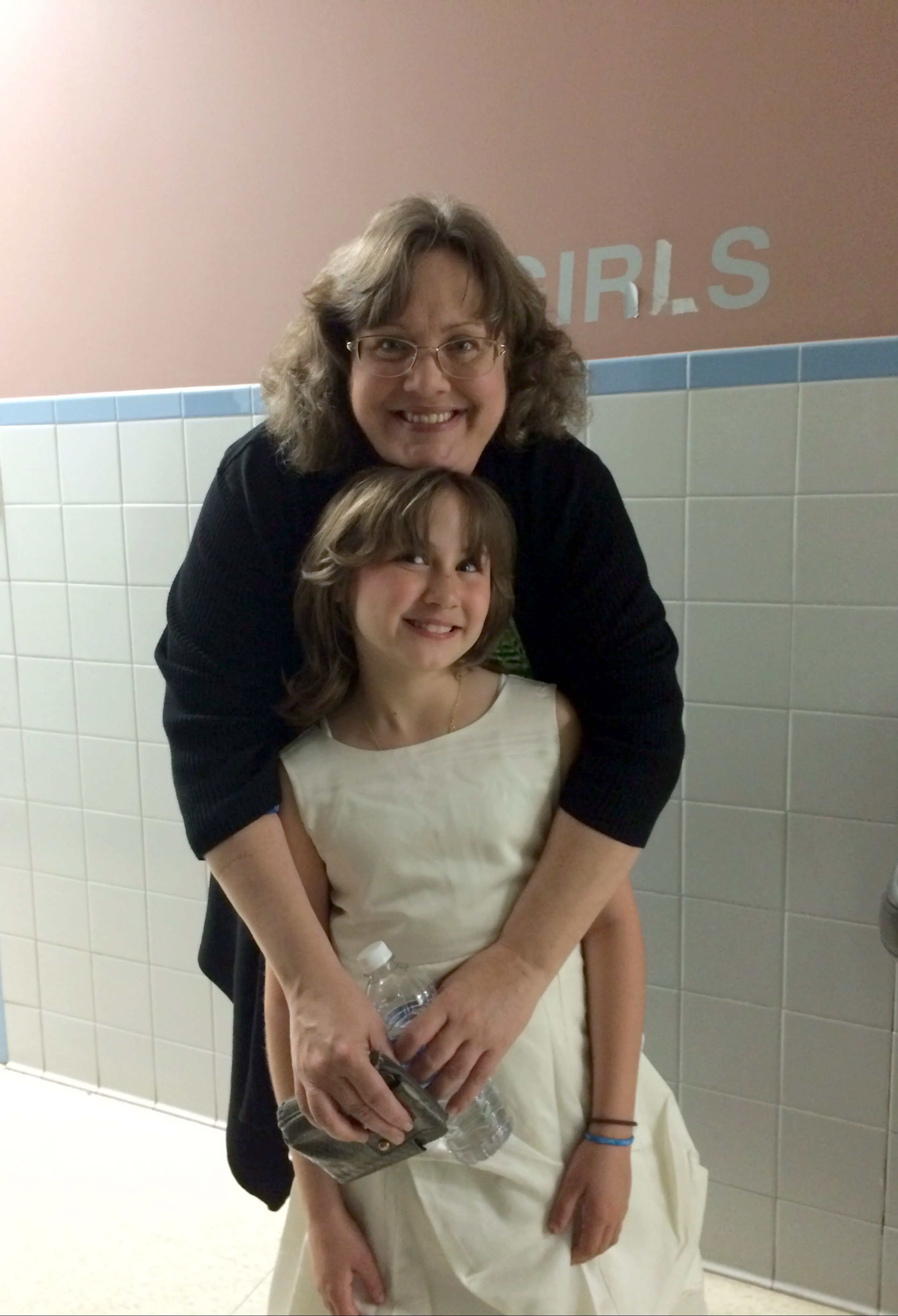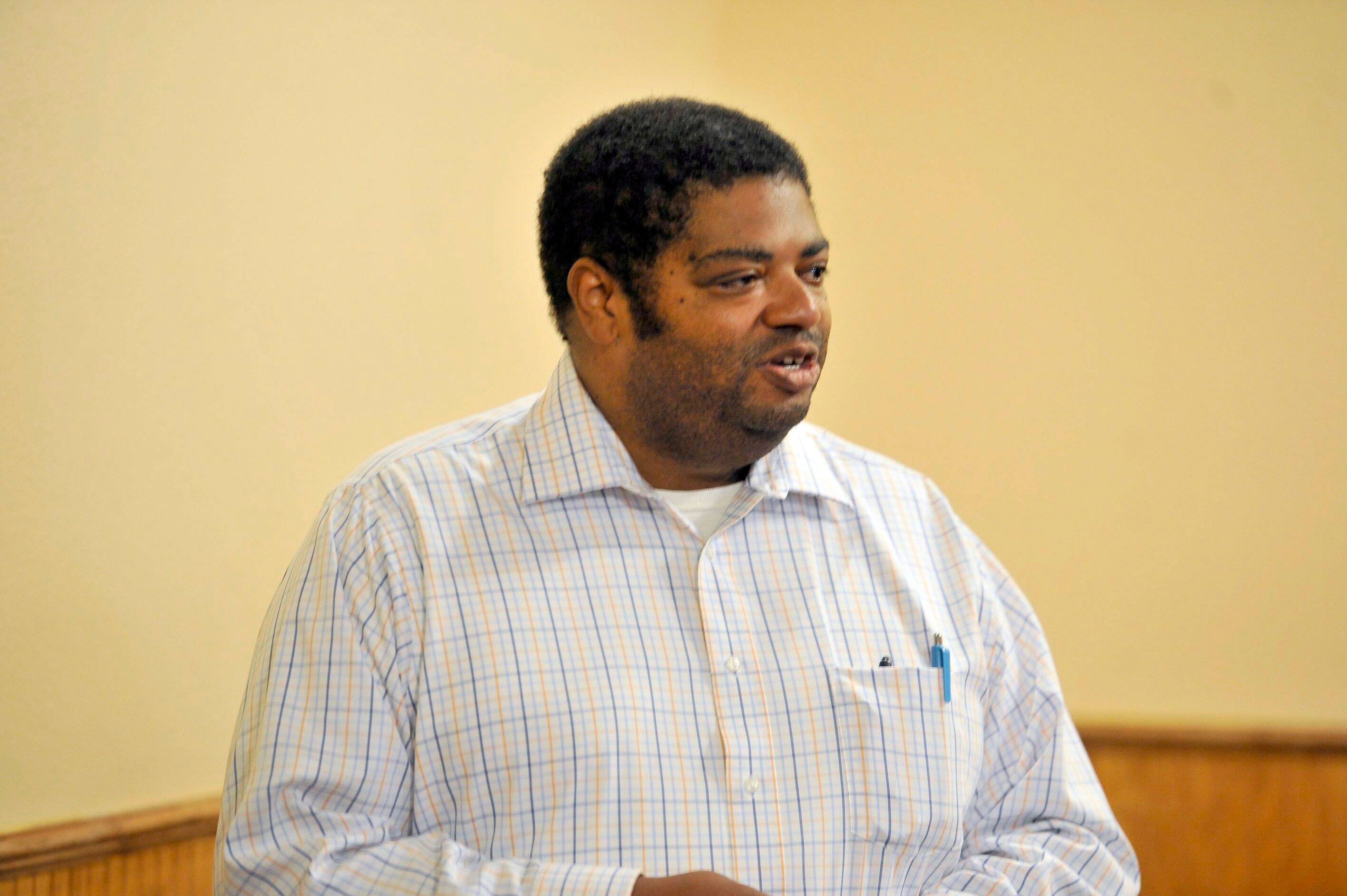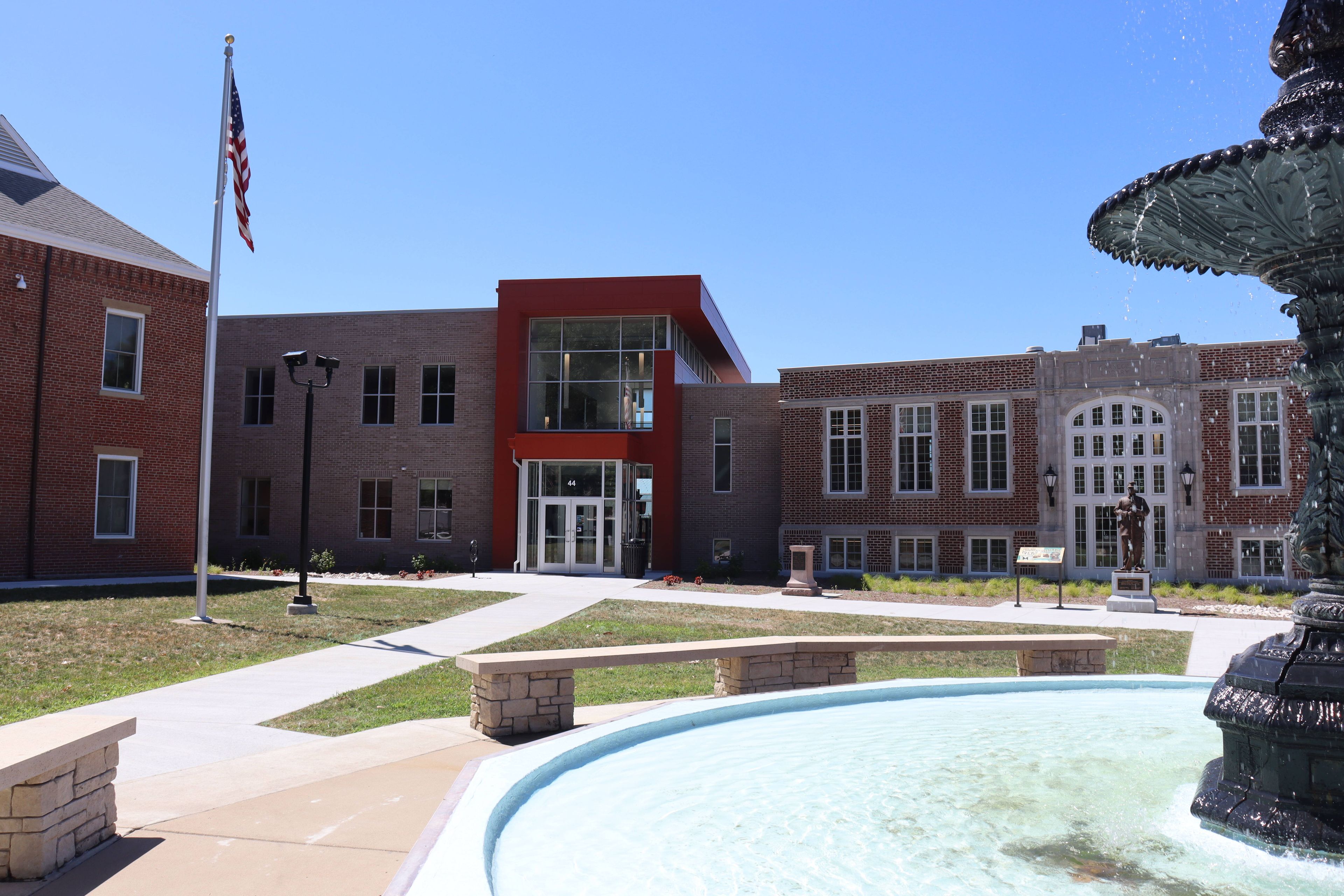First steps taken to connect Southeast Missourians to broadband internet
The first steps to connect Southeast Missourians to broadband internet service were laid out in a videoconference call Monday, Nov. 7. Representatives from the state's Office of Broadband Development (OBD) said they are in an information-gathering stage with two main avenues of focus. ...
The first steps to connect Southeast Missourians to broadband internet service were laid out in a videoconference call Monday, Nov. 7.
Representatives from the state's Office of Broadband Development (OBD) said they are in an information-gathering stage with two main avenues of focus. One is locating areas of the state with little or no broadband infrastructure. Another is developing plans to help those who live in areas with broadband access, such as Cape Girardeau, but don't have the necessary means or knowledge to use it.
Adam Thorp, community development specialist for OBD, moderated the call and said the office has received state and federal funding for developing the plans for expanding the needed infrastructure such as laying fiber optic cable and coordinating with internet service providers in expanding coverage.
Thorp said the office is making good progress, but with an endeavor so complex there are barriers to overcome.
"The [Federal Communications Commission] produces maps using data provided by internet service providers," Thorp said. "However, the maps work on a census block level. In rural areas, one address can have access while another, miles away but in the same census block, doesn't. The way the maps work now, that census block would be seen as covered but people without access would be missed."
Thorp said $250,000 in planning money has been allocated for "digital demonstration projects" to demonstrate successful means of helping people overcome barriers to online access. The results of these projects will determine how much funding the state will receive.
"I think this is a fairly exciting thing we are doing as a state," Thorp said. "We have this planning money from the government through the Digital Equity Act to help people overcome barriers to getting online. For some, the infrastructure might be there, but if they don't have a computer, or they can't afford to subscribe to the internet, or they don't have the skills needed to take advantage of the internet, that limits the effectiveness of the infrastructure."
One OBD project provides funding to organizations who can employ "digital navigators", or people who will supply information regarding discounted internet service and funding for devices, as well as teaching people to use computers and the internet.
Through the federal Affordable Connectivity Program, people can apply for discounts on devices and internet service plans. However, Thorp said only a small portion of the people eligible for ACP have signed up.
"It's a fairly complicated application, and our digital navigators could help people through that process," Thorp said.
At this point, the entire scope of how digital navigators will interact with people is undefined.
"What we are trying to do with these digital demonstration projects is learn what works," Thorp said. "We want to allow people some flexibility in terms of what they think would be a good approach for their community."
Thorp said this could manifest as an "Internet 101" type of class offered for free at a library or even one-on-one sessions in a person's home. Digital navigators could be volunteers or a paid member of an organization's staff. This all depends on what kinds of proposals the OBD receives in order to decide who gets funding.
Thorp said a future meeting will focus on seeking input from schools, libraries and social service agencies on how best to use OBD's digital navigators and other possible projects to help get people access to broadband service. For more information on upcoming meetings or getting connected to broadband internet, visit www.ded2.mo.gov/connecting- all-missourians.
Connect with the Southeast Missourian Newsroom:
For corrections to this story or other insights for the editor, click here. To submit a letter to the editor, click here. To learn about the Southeast Missourian’s AI Policy, click here.

